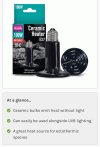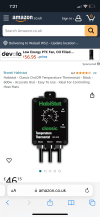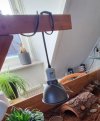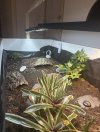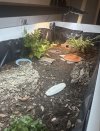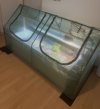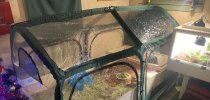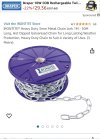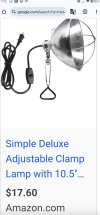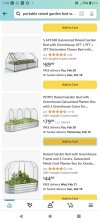Hi! I am about to rescue a red foot tortoise hatchling (about 6-7cm, not sure about the age or hatch date). I've been wanting to adopt one for months and suddenly met this baby. I noticed that he is missing two of his right front toenails, I'm not sure what happened; the previous owner has no idea whatsoever. Will it grow back? is there any special treatment I need to do?
Currently, I have a 6-month-old sulcata hatchling. I already bought and set up the red foot enclosure and lighting (it's totally separated from the sulcata). Is there anything else I need I need to prepare before the baby arrives?
Just a bit of background, I live in Indonesia. While it's a bit tricky for sulcata, the temps and humidity are actually perfect for Red Foot. It's sunny all year round. But just to be safe, I already prepared a closed chamber so that he would be indoors at least for a year. I also plant hibiscus and mulberry in my yard for my sulcata, so I guess the leaves and flower needs for red foot is already taken care of. But I am still a bit unsure about the protein need for red foot, though. Do I need to add maggots every now and then?
I also use Mazuri pellets for my sulcata, do I need to give the redfoot pellets as well? Can he eat the same pellets?
Sorry I couldn't attach his picture as he's still with his previous owner, but will update as soon as he is here 😊
Currently, I have a 6-month-old sulcata hatchling. I already bought and set up the red foot enclosure and lighting (it's totally separated from the sulcata). Is there anything else I need I need to prepare before the baby arrives?
Just a bit of background, I live in Indonesia. While it's a bit tricky for sulcata, the temps and humidity are actually perfect for Red Foot. It's sunny all year round. But just to be safe, I already prepared a closed chamber so that he would be indoors at least for a year. I also plant hibiscus and mulberry in my yard for my sulcata, so I guess the leaves and flower needs for red foot is already taken care of. But I am still a bit unsure about the protein need for red foot, though. Do I need to add maggots every now and then?
I also use Mazuri pellets for my sulcata, do I need to give the redfoot pellets as well? Can he eat the same pellets?
Sorry I couldn't attach his picture as he's still with his previous owner, but will update as soon as he is here 😊

